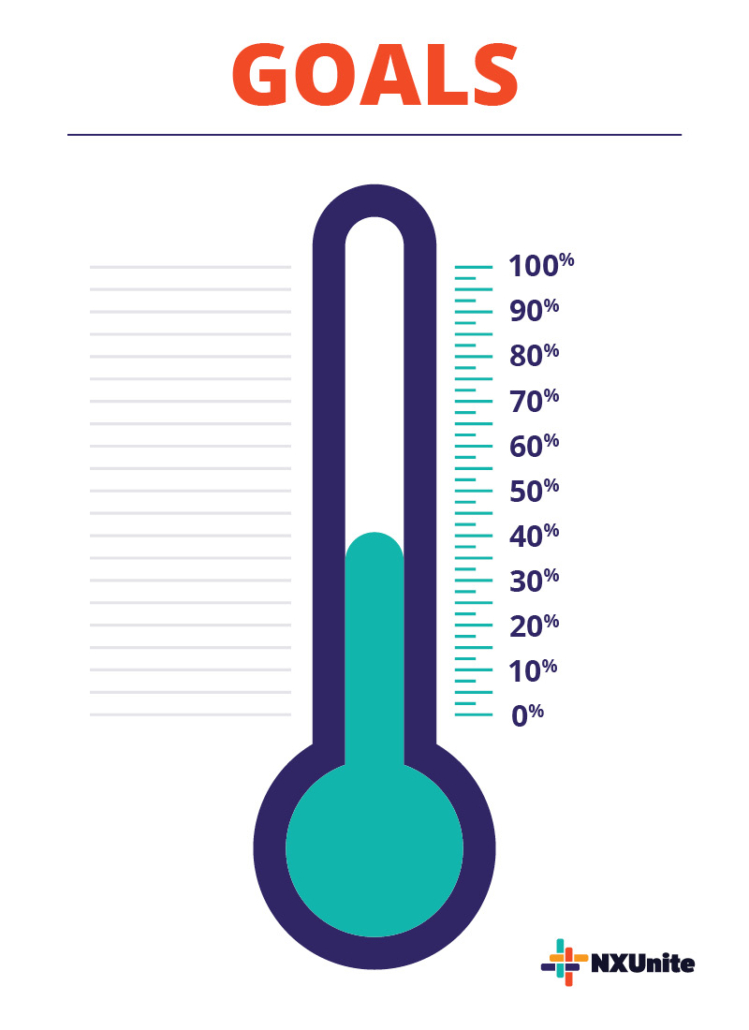4 Ways Software Bridges the Gap Between Schools & Donors
As a parent, teacher, or school administrator, you’re all too familiar with the challenges of school fundraising, including fatigue and burnout, disengaged students and parents, and a lack of communication. Unfortunately, these are problems that can lead to losses in potential fundraising revenue, and finding the right strategies to address these issues can feel like guesswork.
Choosing exciting fundraising ideas, engaging students, and creating targeted marketing campaigns can help you reach the right audience, but these things can be time and labor-intensive to do on your own. To quickly make impactful changes to your school’s approach to donor and community outreach, consider investing in specialized school fundraising software.
In this guide, we’ll explore these four ways the right technology will help you connect with your donors to foster deep, loyal relationships:
- Better understanding of donor preferences.
- More convenient donation methods.
- Real-time, accurate data tracking.
- Prompt donor communications.
To reach and resonate with those who are willing to give to your school, you first need to understand them. To get started, we’ll cover how to learn about potential supporters and use your findings to inspire donations.
1. Better understanding of donor preferences.
Fundraising software tracks different types of fundraising data, including valuable insights about donors’ preferences and giving behaviors. For example, let’s say your school is following 99Pledges’ guide to organizing a read-a-thon, which recommends each student receive a personal donation page where their friends and family can pledge donations. When a donor donates to your read-a-thon, you’ll know:
- Their first and last name
- Contact information, such as an email address
- Their preferred payment method (e.g., ApplePay vs. credit card)
- The amount they gave
- Which student they have a connection with
- When they donated
Using this information, your school can tailor how it interacts with donors in the future. Specifically, you could:
- Choose fundraising ideas that align with student and donor interests
- Create targeted marketing campaigns that acknowledge their giving motivations
- Reach out through preferred communication channels (e.g., offering the option to be reached by text, email, or mail )
- Make tailored fundraising appeals based on past giving behavior
By creating more personalized experiences for donors, you show that you see and value them as people rather than dollar signs.
2. More convenient donation methods.
Another way to leverage donor data is to optimize the giving process according to what is most convenient and familiar to your donors. For example, some donors may be most comfortable with writing a check or submitting cash to your school. However, many supporters find it easiest to give online, and fundraising software makes it easy to accept and track online giving.
When preparing for your next school fundraiser, make sure your software can accept popular online payment methods, including:
- Credit and debit cards
- GooglePay
- ApplePay
- Third-party processors like PayPal and Venmo
Keep in mind that accepting digital payment methods will also make the logistical side of fundraising easier for your school. Financial data will flow into your records, allowing you to track progress in real-time. Additionally, if you’re looking to get students outside through a fundraiser like a walk-a-thon, you can nudge supporters to donate online ahead of time or on-site using QR codes so volunteers don’t have to handle cash and checks.
3. Real-time, accurate data tracking.
When your school accepts more online donations, you can quickly and accurately track your fundraiser’s progress. This not only streamlines your recordkeeping but also opens the door for new donor engagement strategies.
Here are a few ways to engage donors and student participants using data about your fundraising progress:
- Fundraising thermometers: Fundraising thermometers visually display your campaign’s fundraising progress for donors. When donors can easily check in to see how much money you’ve raised, they may feel inspired to give to push you closer to your goal.

- Countdowns: Consider adding a countdown to your fundraising thermometer to create urgency. Keep it simple by adding a headline that says something like “There are only 10 days left in the read-a-thon! Help us reach our goal by donating here.”
- Gamification: This strategy involves adding gameplay elements to non-game scenarios. In a fundraiser, you might create a leaderboard that shows who the top donors are. Consider offering prizes or incentives to top contributors, such as recognition on your school’s website.
This can also help ensure that your school is on track to meet its fundraising goals. For example, maybe you’ve set a goal to raise $3,000 from your back-to-school fundraiser and know that you need to raise $1,000 per week to meet the goal. With up-to-date revenue data, you’ll know if your school can achieve its goal by the deadline.
4. Prompt donor communications.
Communication with your donors is critically important to building relationships with them and showing your appreciation for their support. As noted by eCardWidget’s guide to thanking donors, it’s best to send thank-you emails within 72 hours of receiving the donation. But, it can be difficult to stay on top of sending these messages while juggling all of your other responsibilities.
Rather than manually sending each message, you can automate the process with your fundraising software. This way, donors will receive donation receipts, thank-you messages, and pledge reminders on a much faster timeline without added stress.
Your donors will appreciate more tailored thank-you messages that show that your school truly values their contributions. If a donor gave to your sports team’s recent campaign, you’ll want to greet them by name, acknowledge which organization they donated to, recognize the amount they donated, and tell them about the impact that gift will have on your organization.
Donors are the lifeblood of any successful fundraiser. However, recruiting new ones to support each campaign comes at a much higher cost than simply engaging past donors. By leveraging fundraising technology, your school can foster deeper relationships with its donors to build a robust network of supporters and nurture sustainable revenue streams.


